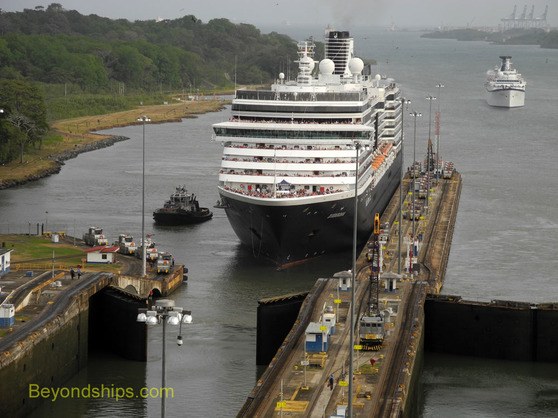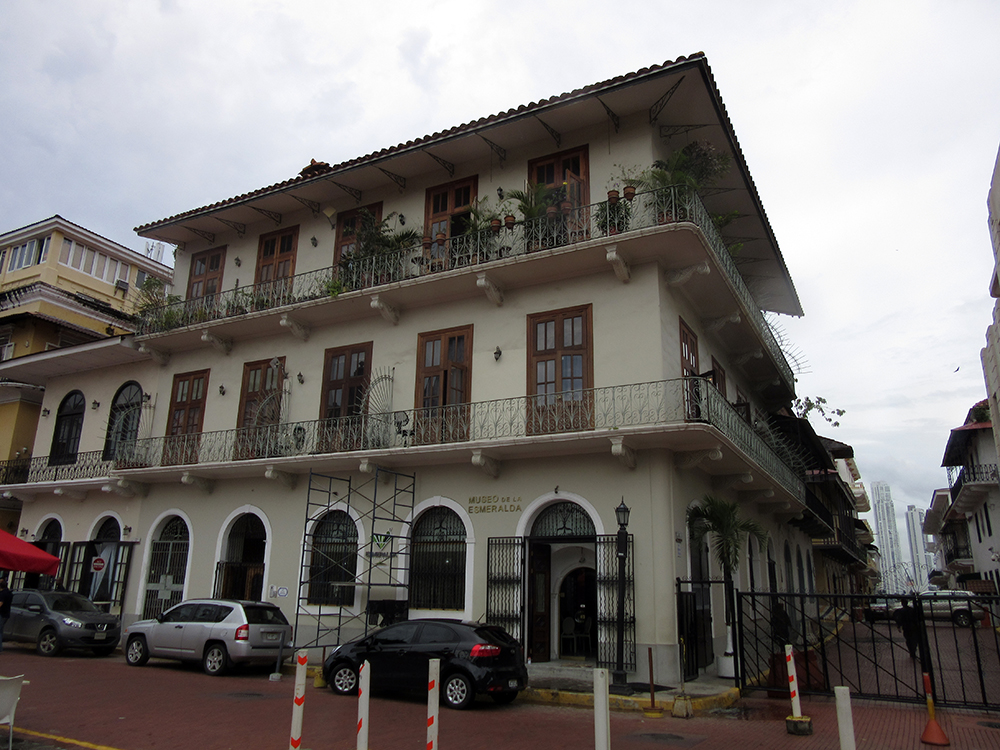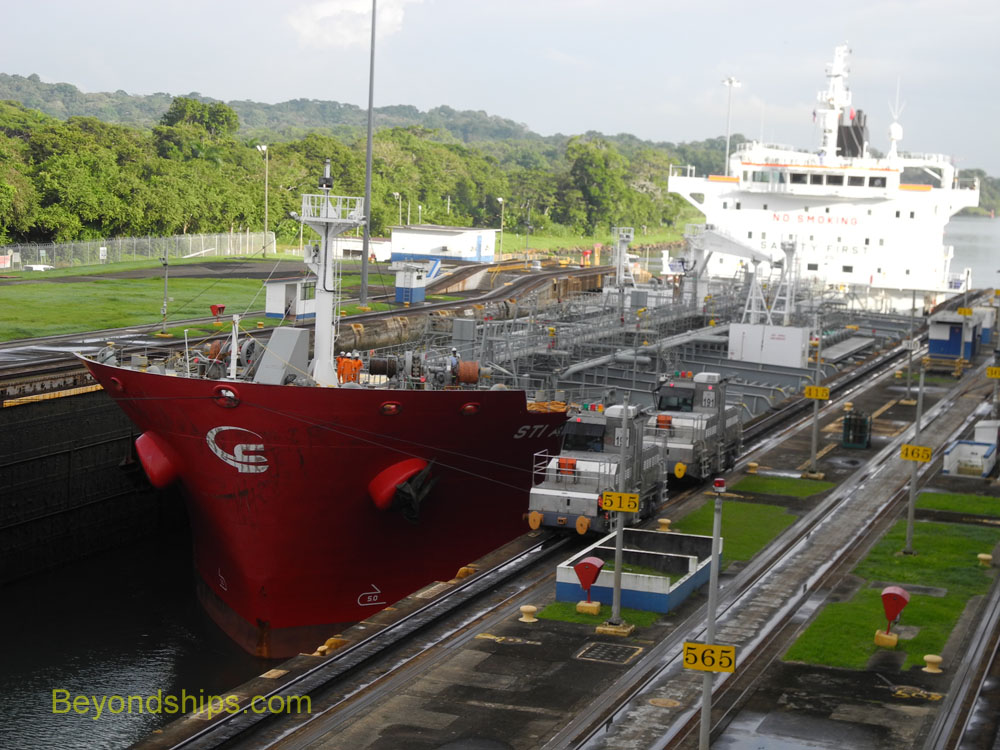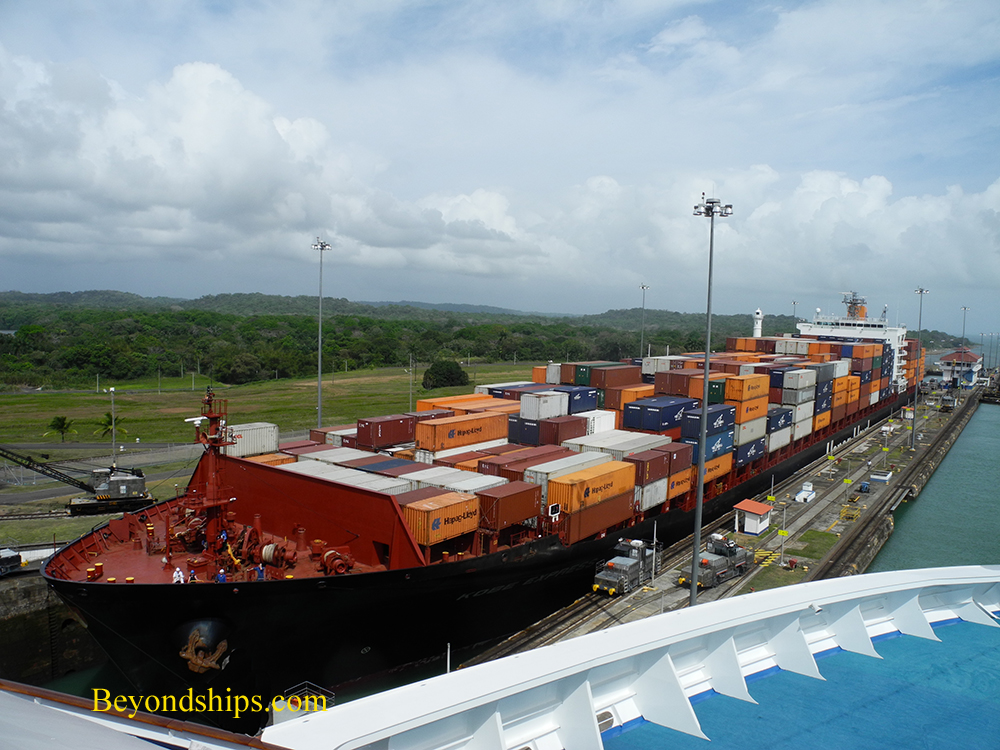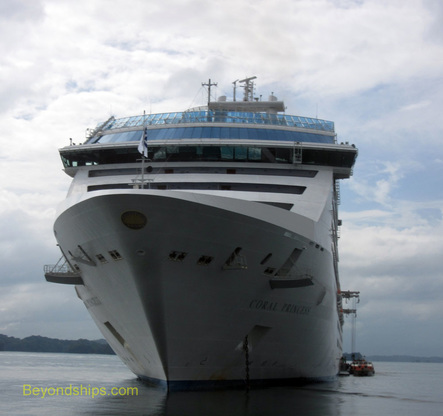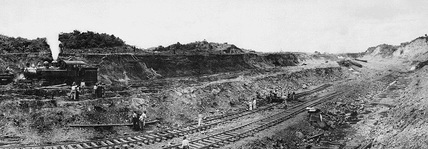
The Panama Canal is a unique cruise destination. It is not about relaxing in the sun or experiencing a different culture. Rather, it is about seeing something that changed the world and which a century after its completion continues to play a vital part in world commerce.
Before the Canal was constructed, a ship seeking to go from New York to San Francisco had to travel down and around the southern tip of South America. The Canal shaved some 8,000 miles off of this journey. Similarly, a voyage of a ship bringing a cargo from Asia to the East Coast of the United States would take more than 40 days if the ship had to go around South America or through the Suez Canal. The Panama Canal cuts the time in half. The savings in time and energy are enormous. The Canal continues to play a vital role in world trade. Over the last 20 years, ocean traffic has quadrupled. Some 95 percent of the imports to the United States travel by sea. The Canal plays a significant part in this trade with some 14,000 ships transiting the Canal each year. Another reason the Canal was built was to play a strategic role. Warships can be moved quickly from the Atlantic to the Pacific and vice versa. Building the Canal was a Herculean task. The French tried it first but were unable to overcome the jungles, mountains and tropical diseases that obstructed their plans. A few years later, the United States with great audacity took up the project and by creating lakes and locks of a size never seen before, making massive excavations and eradicating the tropical diseases that plagued the area, managed to complete the project. It was an engineering feat that has been likened to putting a man on the Moon. (See our Panama Canal History page). In 2016, the project to expand the Canal was completed. This project added a new lane capable of accommodating larger ships. As a result, the Canal has its original two lanes capable of handling Panamax-size ships and a new lane that can handle Neo-Panamax ships. On a Panama Canal cruise you can see this engineering marvel in operation. (See our How It Works page). You can also experience the ecology of the rain forest that still surrounds the Canal and see something of the culture of Panama . (See our shore excursion review). Above: The Emerald Museum in Casco Viejo.
|
The importance of the Canal to world trade is highlighted by the number and variety of ships seen in the Canal.
There are two types of Panama Canal cruises. A full transit takes you through the Canal from one end to the other. (See our review of a full transit cruise). These are often done by ships re-positioning from the Caribbean to Alaska in the Spring or in the other direction in the Fall. A partial transit is where the ship enters and leaves the Canal by the same entrance. (See our partial transit page for a description of such a cruise). A number of ships based in Florida make such cruises on a regular basis from late Fall until the Spring. Because of the tolls charged by the Canal, the port charges on a Panama Canal cruise tend to be higher than on a typical Caribbean cruise.
The itinerary on a Panama Canal cruise is not limited to the Canal but also includes ports both before and after visiting the Canal. Usually, some popular cruise ports in the Caribbean such as Aruba, Grand Cayman or Ocho Rios and/or the western coast of Mexico are included. In addition, there are often a number of ports that less frequently visited by cruise ships. Thus, a typical Panama Canal cruise has a balance of more developed destinations and places that are off the beaten path.. Above: Coral Princess during a Panama Canal cruise.
|
|
|
|
Cruise destination travel guide - Panama Canal - Panama Canal Overview
